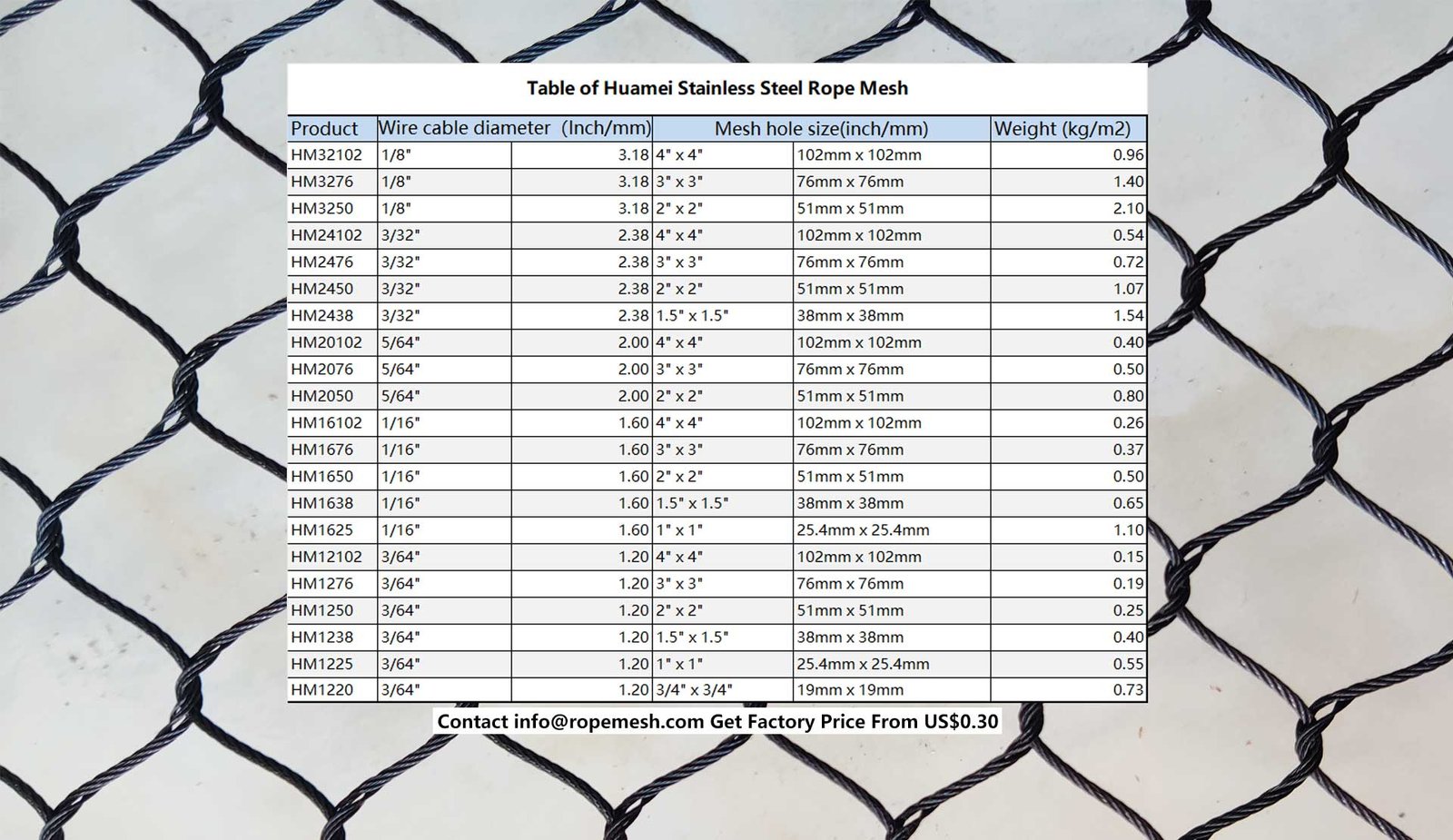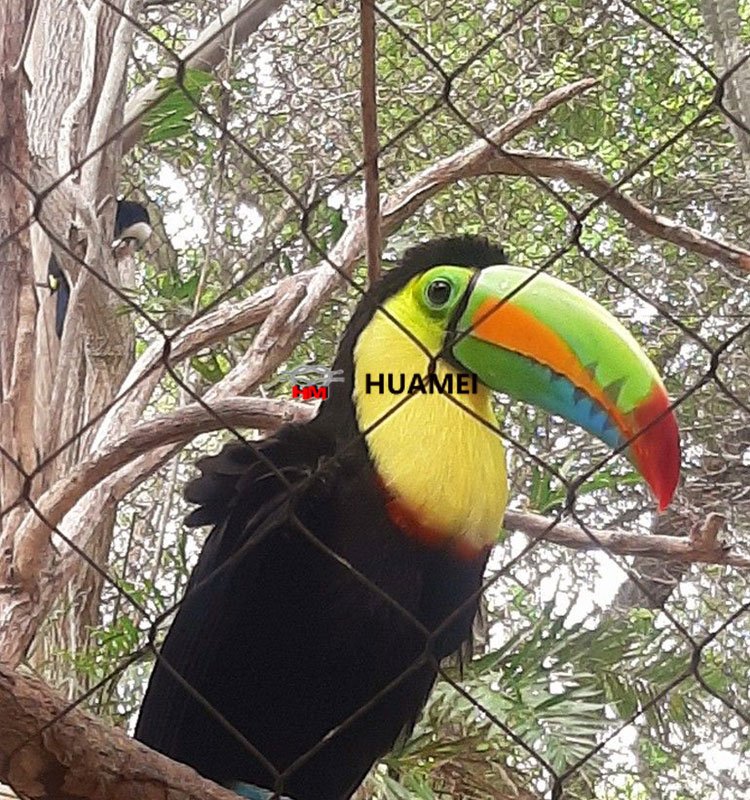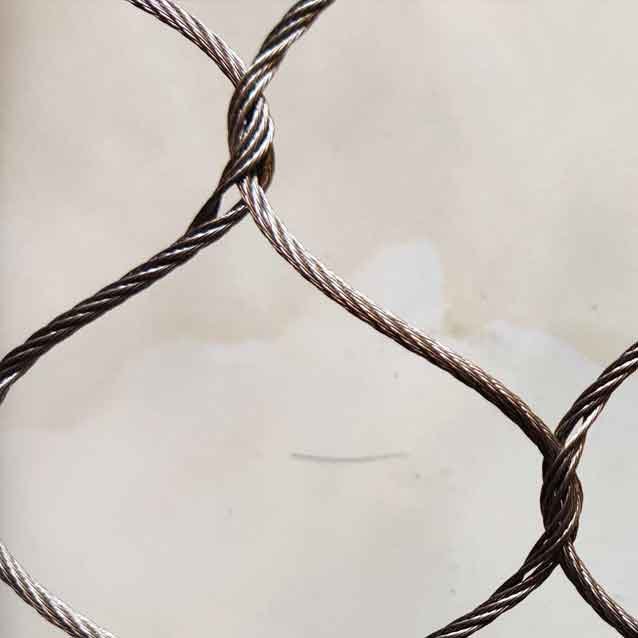Introduction
What is Aviary Mesh?
Aviary mesh, as the name suggests, is a specialized type of netting or fencing designed to create safe, secure, and durable enclosures for birds. It's a crucial component of aviaries, whether they're small backyard cages or large-scale zoo exhibits.
What is Aviary Mesh Important?
Aviary mesh serves several vital purposes:
- Safety and Security: It prevents birds from escaping and protects them from predators, ensuring their well-being.
- Protection from Predators: Aviary mesh acts as a barrier, keeping out hawks, owls, and other predatory animals that pose a threat to birds.
- Optimal Ventilation: The open structure of aviary mesh allows for proper airflow, which is essential for maintaining a healthy environment for birds.
- Easy Visibility: It provides clear visibility, enabling zookeepers and visitors to observe and interact with the birds.
Key Factors to Consider When Choosing Aviary Mesh
When selecting the right aviary mesh, several factors need to be taken into account:
- Bird Species and Size: Different bird species have varying needs, and the mesh size should be chosen accordingly. Smaller birds may require a finer mesh to prevent escapes, while larger birds may benefit from a coarser mesh for better visibility.
- Aviary Size and Design: The size and shape of the aviary will influence the type and amount of mesh needed. Larger enclosures may require a more robust mesh to withstand the weight of birds and potential weather conditions.
- Environmental Conditions: The climate in your area should be considered. If you live in a region with harsh weather, you'll need a mesh that can withstand extreme temperatures, wind, and rain.
- Budget: Aviary mesh comes in various materials and sizes, each with its own price point. It's essential to set a budget before making a purchase to ensure you choose a product that fits your financial constraints.


